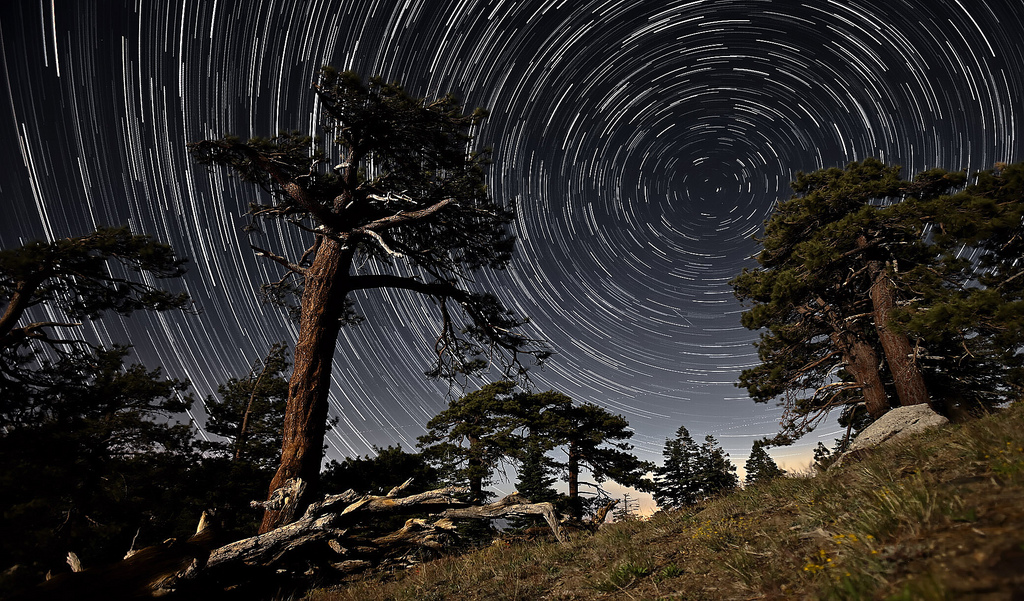From speeding cars and neon lights to setting suns over canyons, time lapse photography is becoming the preferred way to capture change over time. This trend is now allowing those who specialize in still photography to also begin capturing motion. The results are jaw-dropping.
Before trekking into the wild or your nearest city, pack up a steady tripod, have a basic understanding and experience with your DSLR, and be prepared for some post-production editing. When deciding on a subject, find things that shift. Your key to a beautiful time lapse video is motion, change, or dramatic lighting. Images that show little variation from frame to frame will be less impactful than a time lapse filled with shifting clouds, colors, or the unexpected.
Perhaps these phrases and words don’t mean a whole lot to you. So just take a look for yourself.
Meet Dustin Farrell, time lapse photography extraordinaire and our new obsession. His cloud, landscape, and night sky time lapse videos “capture amazing imagery that no other medium allows—and that even eludes the human eye.” Read more and see great tutorials here.
There’s some complex math that goes into figuring out how long you need to shoot to have at least 24 frames per second and reach your target production length. For example:
- Your goal is to have 24 frames per second. If you want your final time lapse to be 10 seconds in length, you want (24 fps x 10 seconds) 240 frames.
- If you’re planning on shooting your subject for 10 minutes, than you have to multiply 10 by 60 to get the number of seconds. (10 min x 60 seconds in a minute) = 600 seconds.
- With 600 seconds to work with, and a final number of frames being 240, it will require you to take a new still shot every 2.5 seconds (600 seconds/240 frames = 2.5 seconds/frame).
There’s no such thing as too much material, so shoot as much as you can given your memory card size and the time you can delegate to post-production. Following this formula will give you a good base line, though.
We love the technical side of camera equipment and producing films, but here is the best part. Time lapse photography is being made into movies that tell a story, impact the audience, and provoke emotion. You won’t want to miss this.



